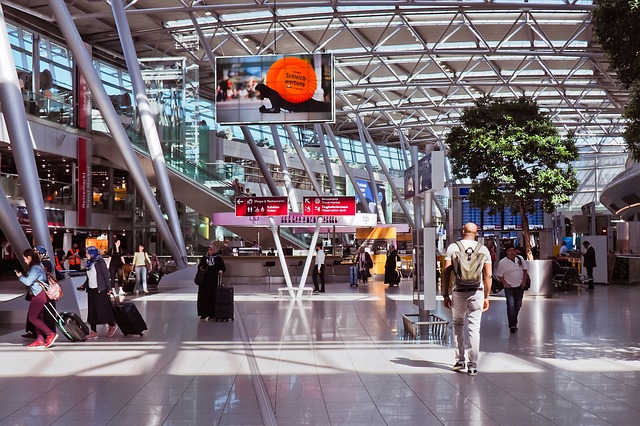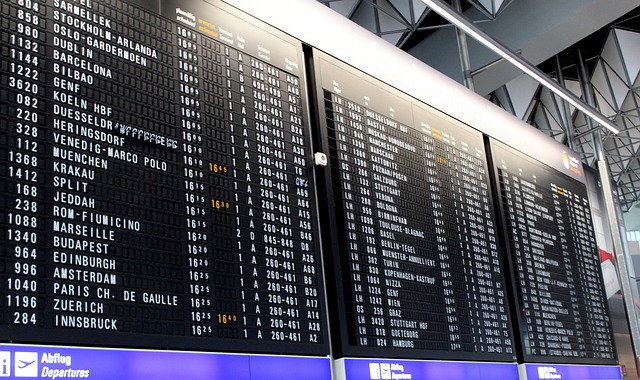The landscape of smoking has evolved dramatically in recent years, with vaping emerging as a popular alternative to traditional cigarettes. As a result, airports worldwide have had to reconsider their smoking policies to accommodate this new trend. The approach has varied significantly, reflecting differing cultural, health, and regulatory perspectives on vaping.
Policies and Designations for Vaping at Airports
Some airports, like London Heathrow, have designated vaping areas separate from traditional smoking lounges. This segregation reduces exposure to second-hand smoke for vapers and creates a more comfortable environment.
In contrast, others, like Hartsfield-Jackson Atlanta International Airport, have allowed vaping within existing smoking lounges. This approach recognizes the shared need for a designated space without creating entirely new infrastructure.
It’s important to note that many airports have chosen to treat vaping like traditional smoking, restricting use to designated areas or banning it altogether, even though vaping doesn’t produce the same amount of second-hand smoke.
Innovations in Vaping Lounges
With the rise of vaping, there’s been a surge in creative, user-friendly vaping lounges at airports. For example, vaping lounges in some airports now offer a variety of flavored e-liquids and high-quality vaping devices for travelers to use. These lounges, with their modern décor and relaxed atmosphere, cater specifically to the vaper’s needs.
The Ongoing Debate
Despite efforts to accommodate vapers, the debate continues. Critics argue that vaping, like smoking, should be discouraged due to its health implications, and that creating vaping-friendly spaces may normalize or encourage its use.
On the other hand, proponents argue that vaping is a less harmful alternative to traditional smoking and should be supported as a method for smokers to transition away from tobacco products. They also point out that accommodating vapers in dedicated areas helps maintain a comfortable environment for non-smokers.
Conclusion
The question of how to accommodate vapers at airports reflects a larger societal conversation about the place of vaping in public spaces. As science continues to explore the health effects of vaping, and as societal norms evolve, airports are likely to continue revising their policies and spaces to balance the needs and rights of all passengers.



